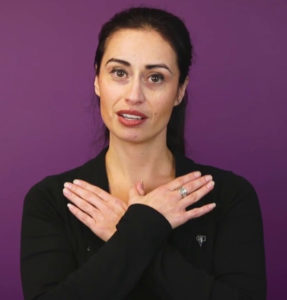Eye Movement Desensitization and Reprocessing (EMDR) is a late-stage trauma resolution method. Developed in the late 1980s, EMDR is supported as a treatment for trauma by more scientific research than any other non-pharmaceutical intervention. Based on empirical evidence as well as thousands of client and clinician testimonials, EMDR has proven a rapid and effective treatment. It is listed in the new Department of Veterans Affairs & Department of Defense Practice Guidelines “A” category as “highly recommended” for the treatment of trauma, and has received a high level of recommendation by the American Psychiatric Association and by the mental health departments of Israel, Northern Ireland, United Kingdom, France, Sweden and more.
EMDR appears to assist in processing of traumatic memories, resulting in enhanced integration – and a more adaptive perspective on the traumatic material. The use of EMDR has been shown to eliminate the need for some of the more difficult abreactive work (i.e., reliving the trauma over and over) often associated with other treatments. Theoretically, EMDR is about integration – bilateral hemispheric (right / left brain) integration; triune brain (brain stem, limbic system and cerebral cortex) integration; and at least some type of mind / body integration. But practically, it’s about convincing the mind and body that the traumatic event is, indeed, over, and that the person is safe.
The bilateral stimulation of the brain on which EMDR hinges can be provided in a number of ways:
- Eye movement – client follows therapist-controlled movement from side-to-side with her or his eyes, using a finger, light-bar, etc. (This is considered the most effective method).
- Auditory – using stereo headphones or earbuds
- Tapping (Not to be mistaken for the discredited “Emotional Freedom Techniques” popularised by Gary Craig, which are considered pseudoscience)

- Butterfly technique – one form of hand-tapping in which the patient crosses her hands over her heart and taps her shoulders in an alternating way
- Thera-Tapper (TM) – two small pulsers, held in the hands vibrate in an alternating fashion to provide a gentle tactile stimulation
EMDR helps to put the past in the past, where it belongs, instead of staying stuck in it, feeling like it is happening all over again in the present, with the same frightening thoughts, emotions and body sensations that accompanied the event in the past.
EMDR can be provided in the office or online.